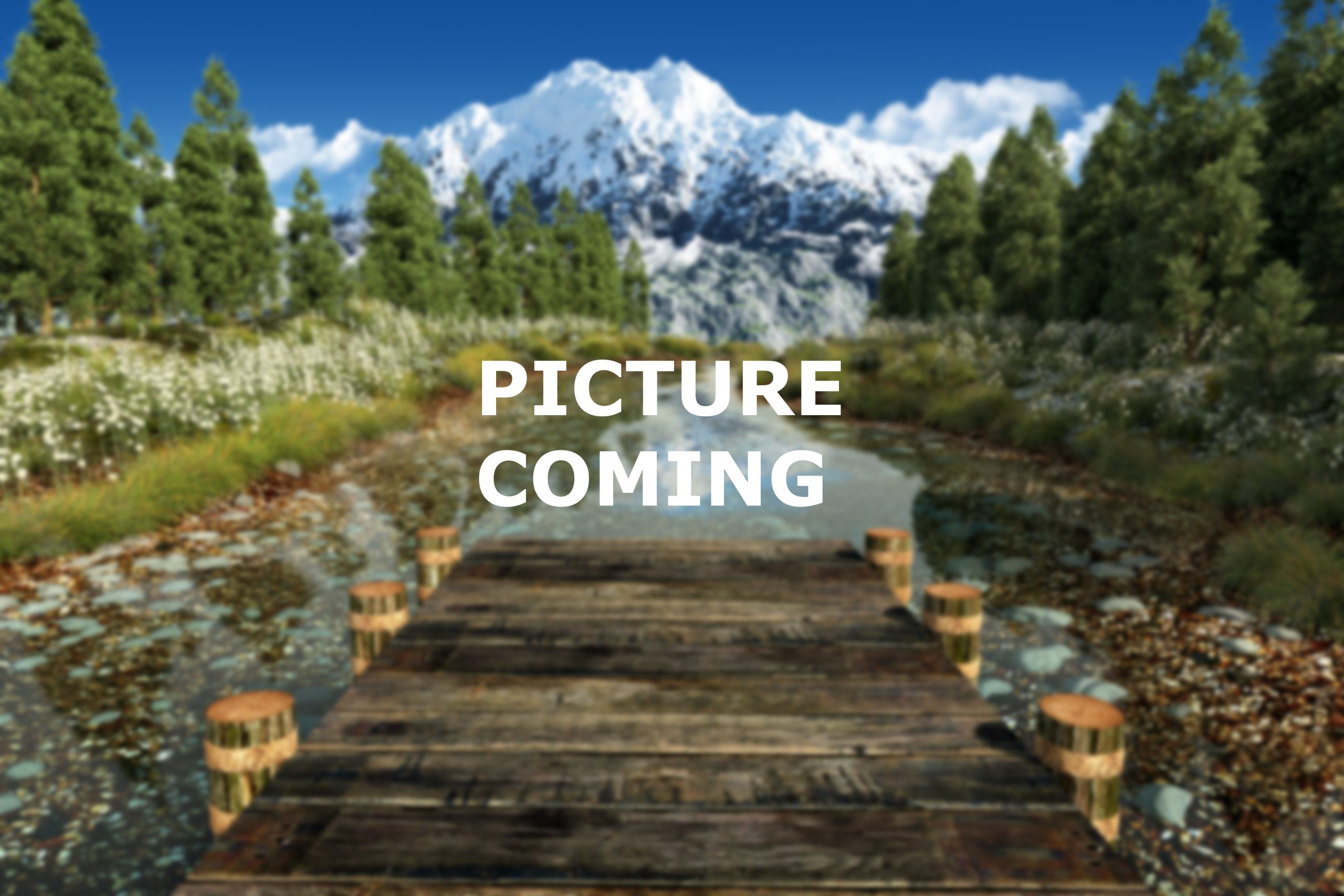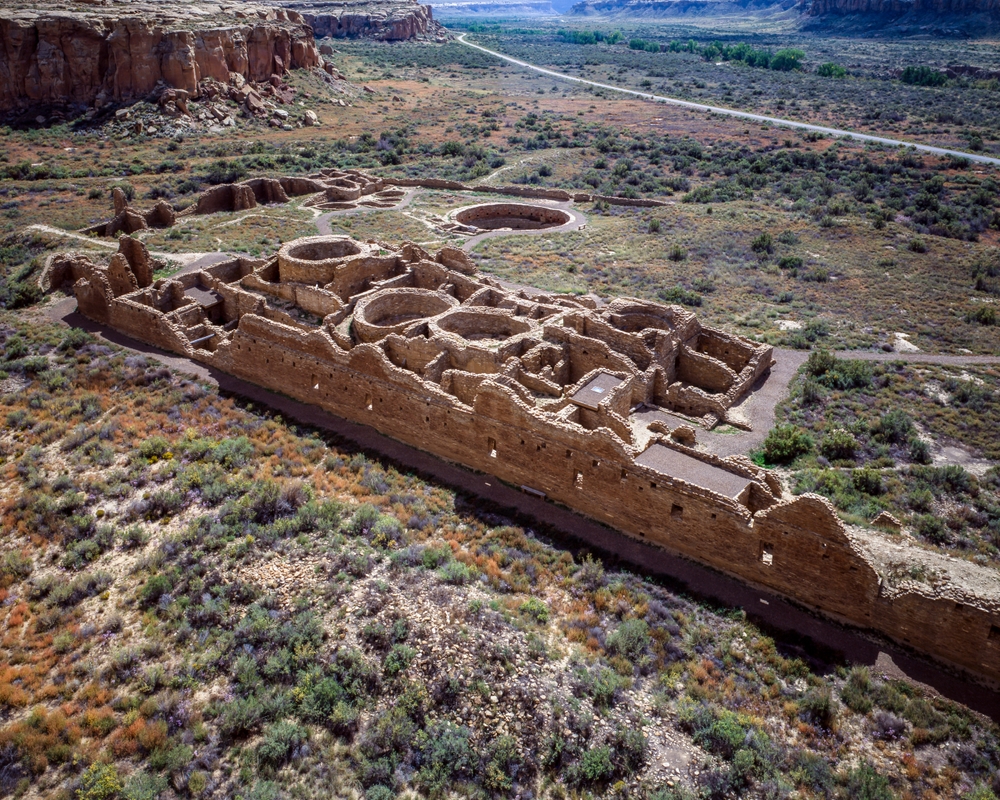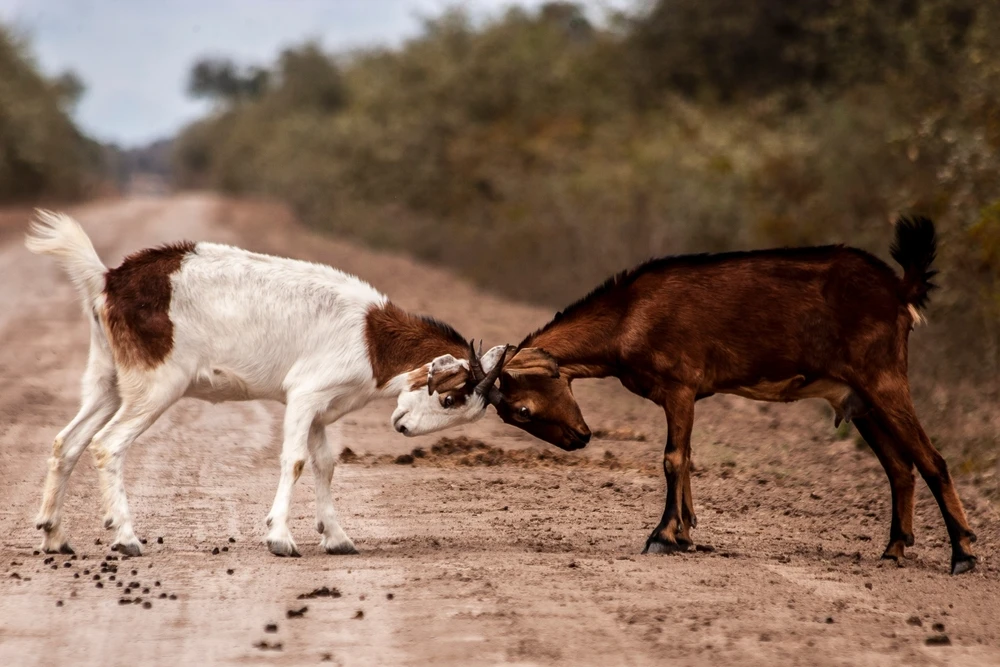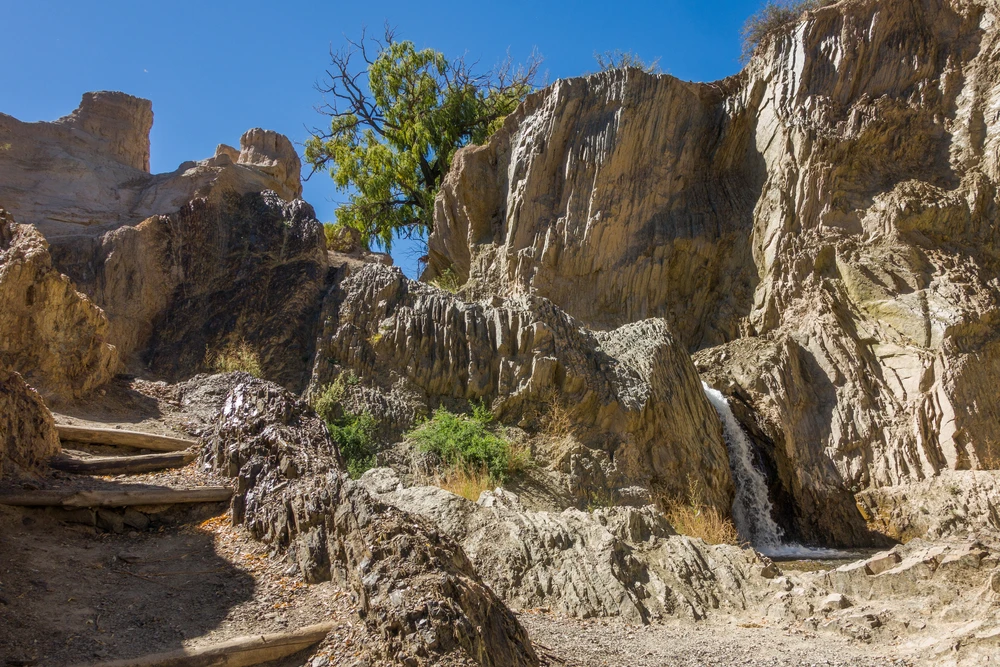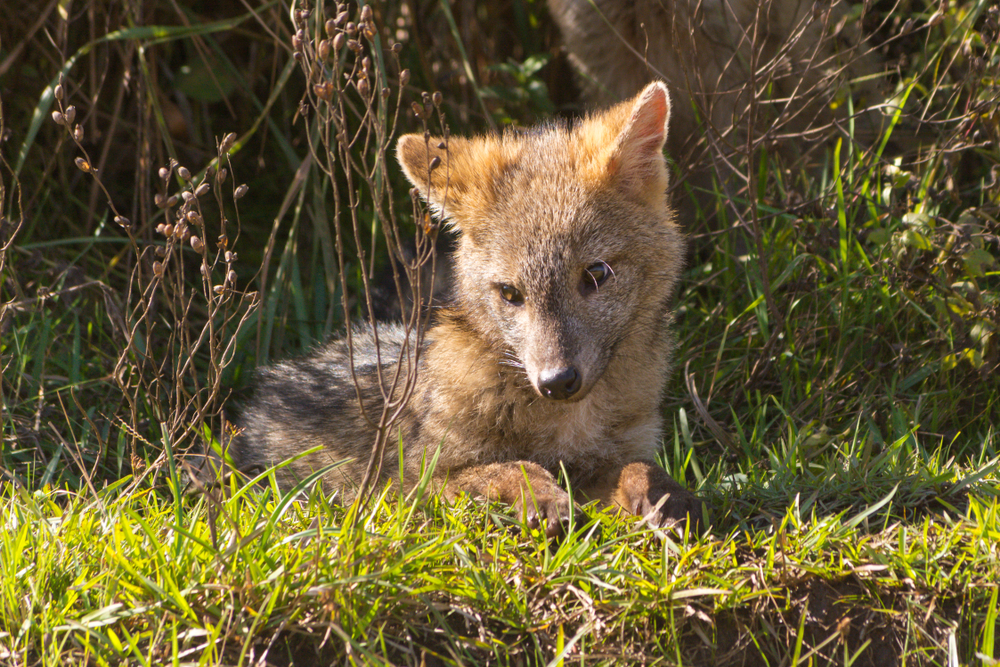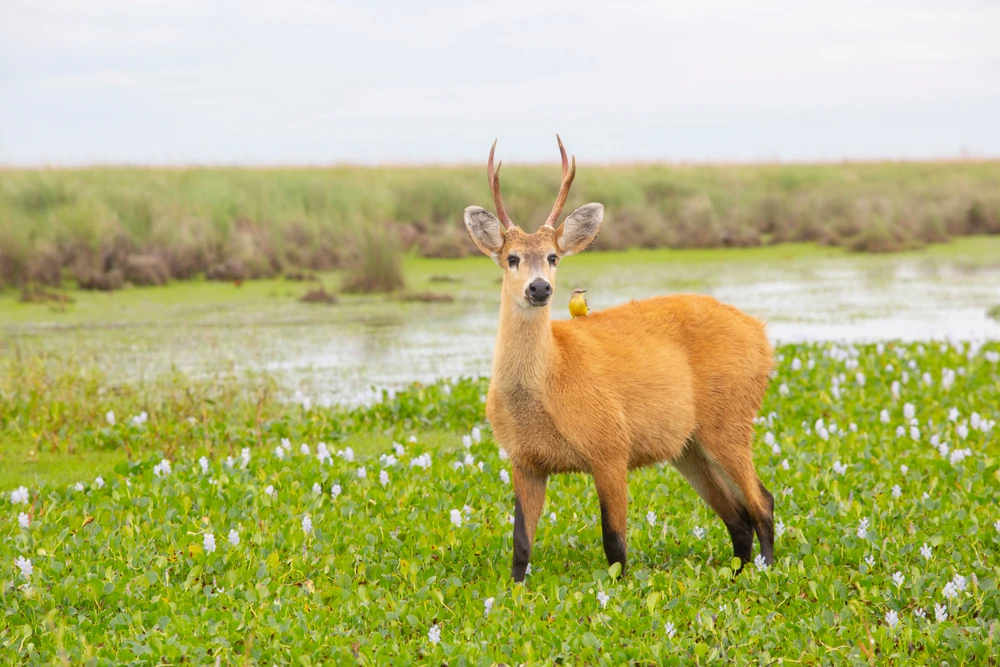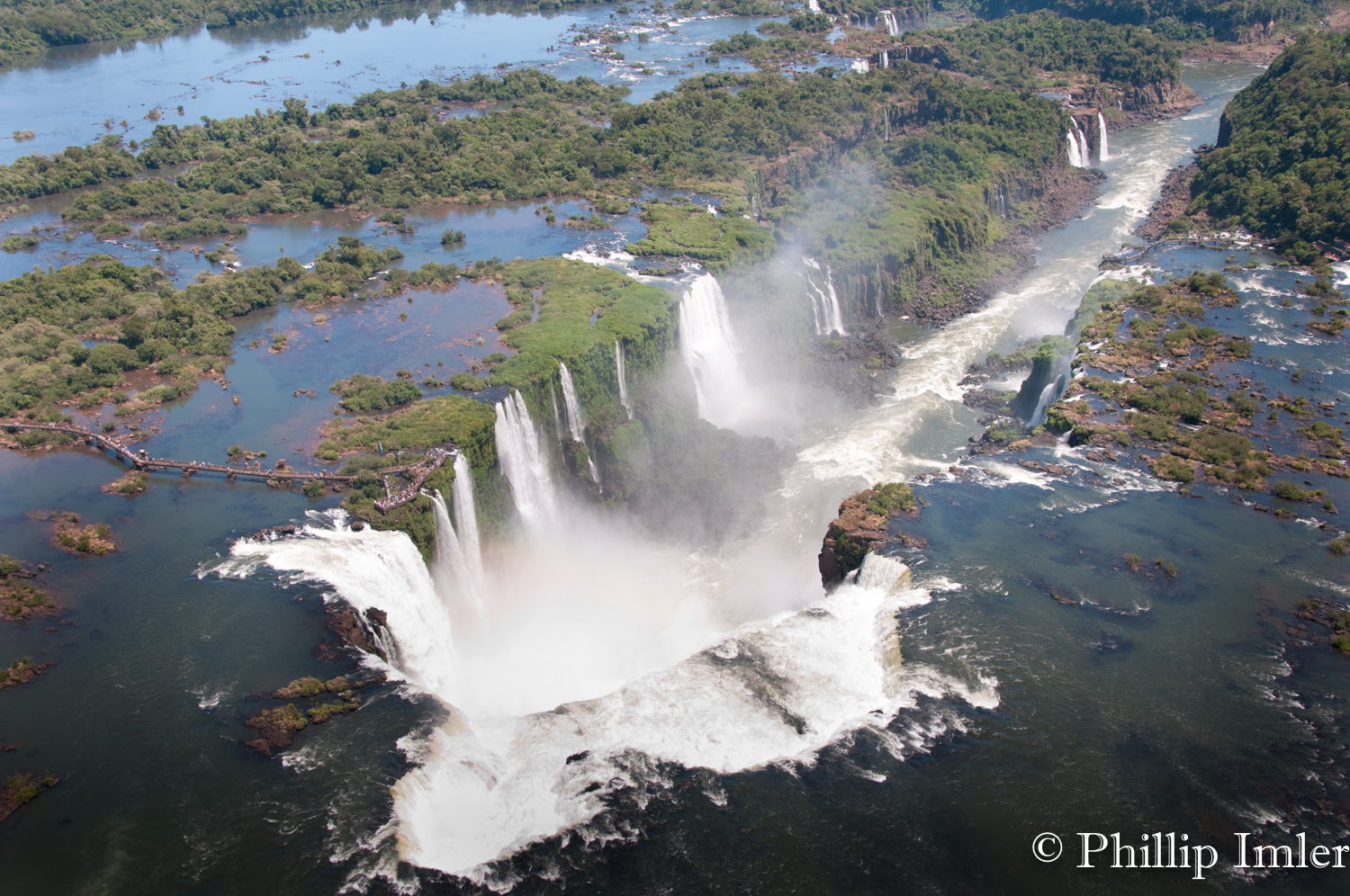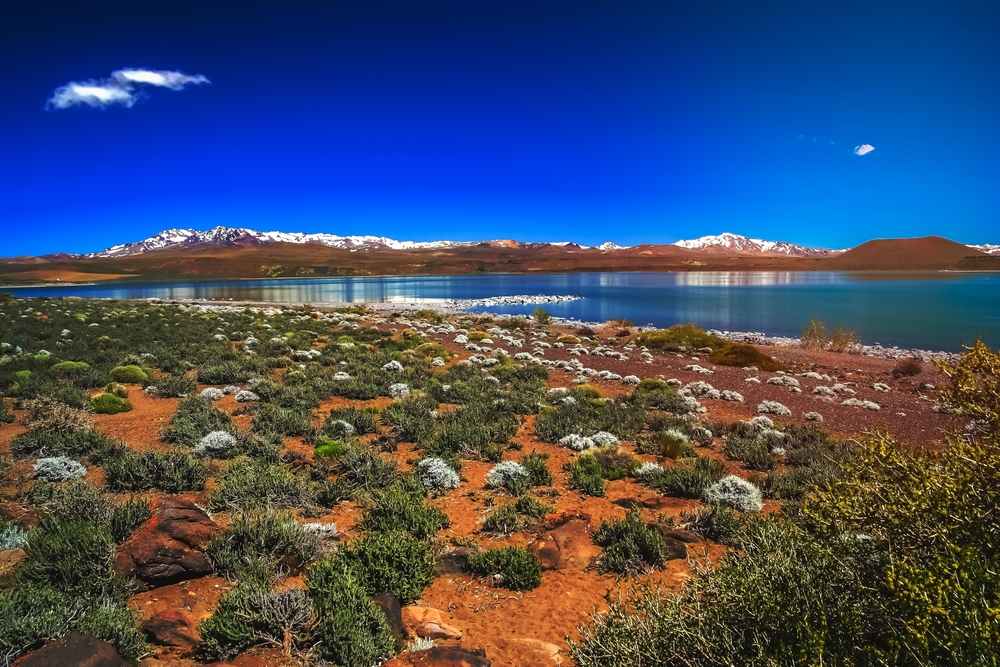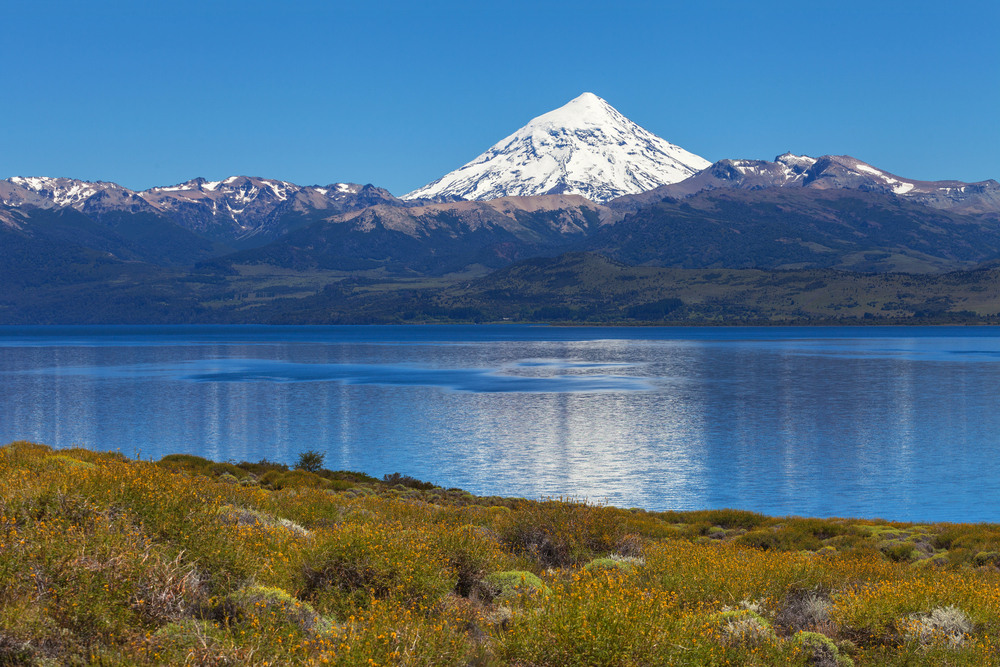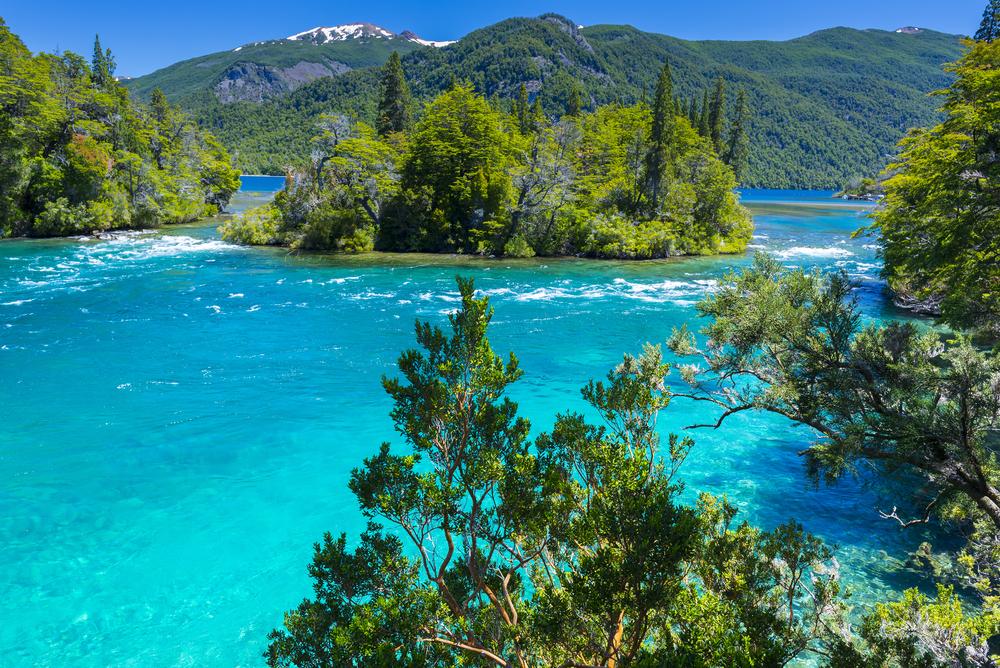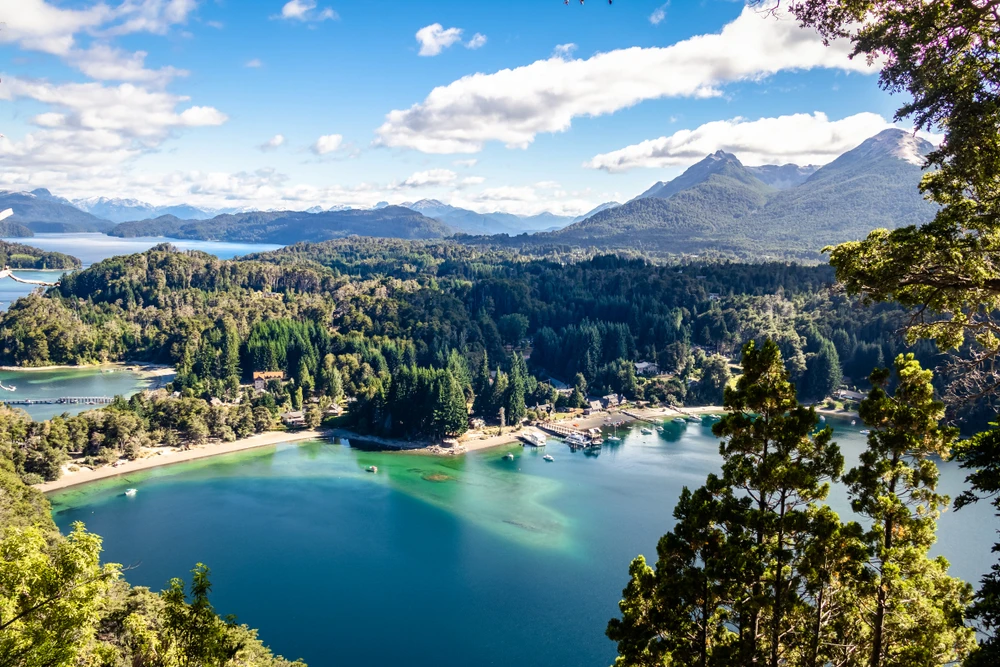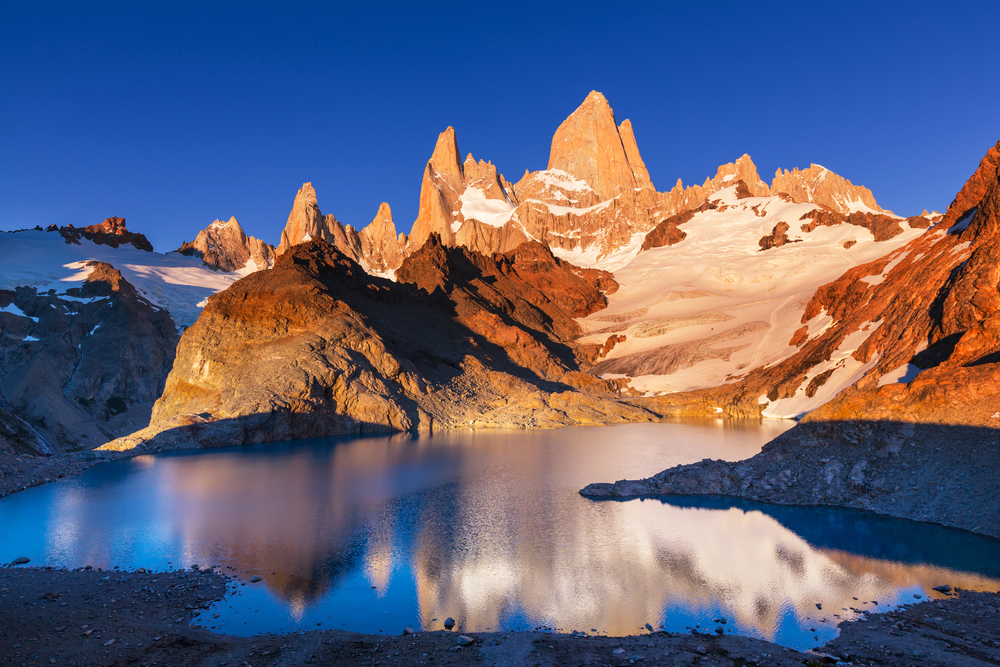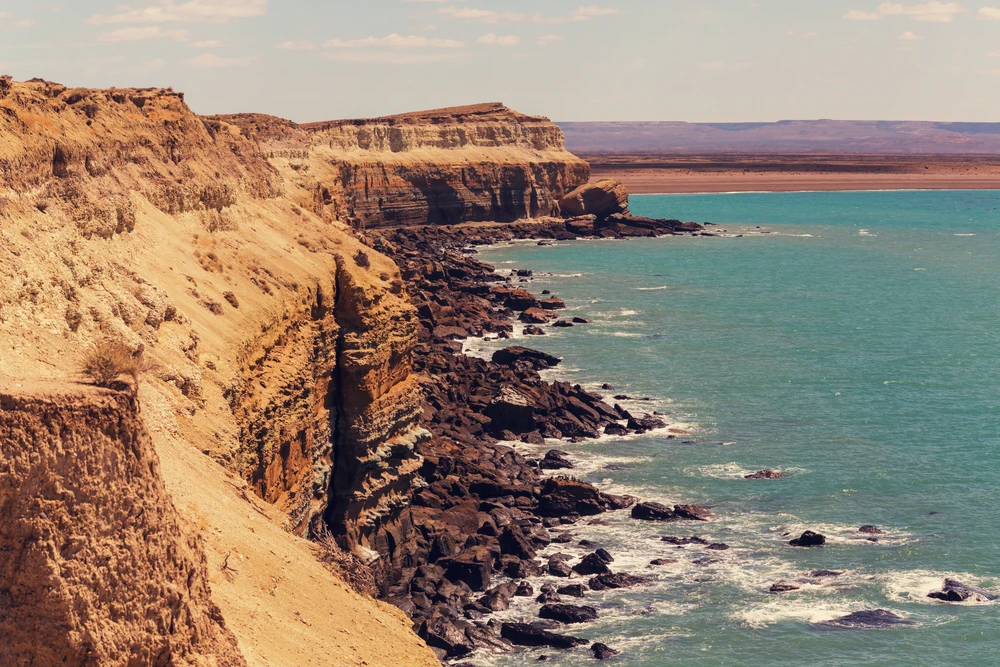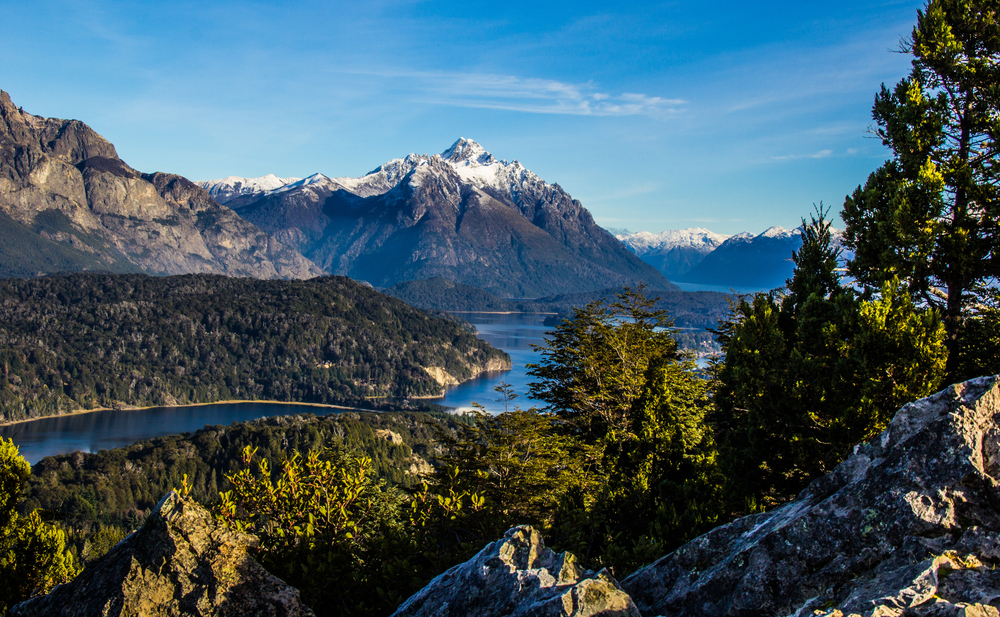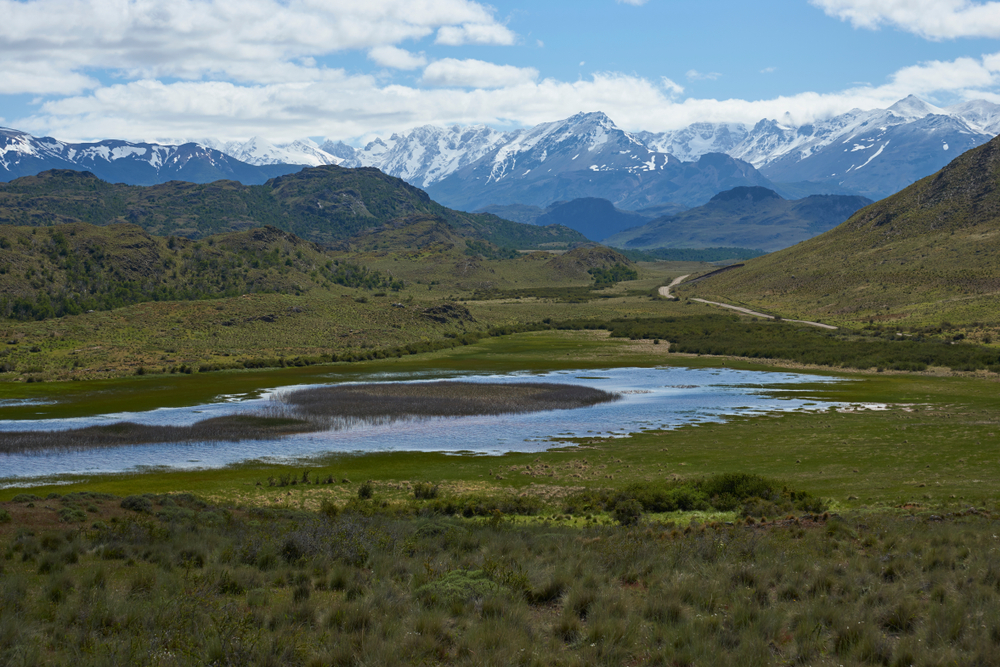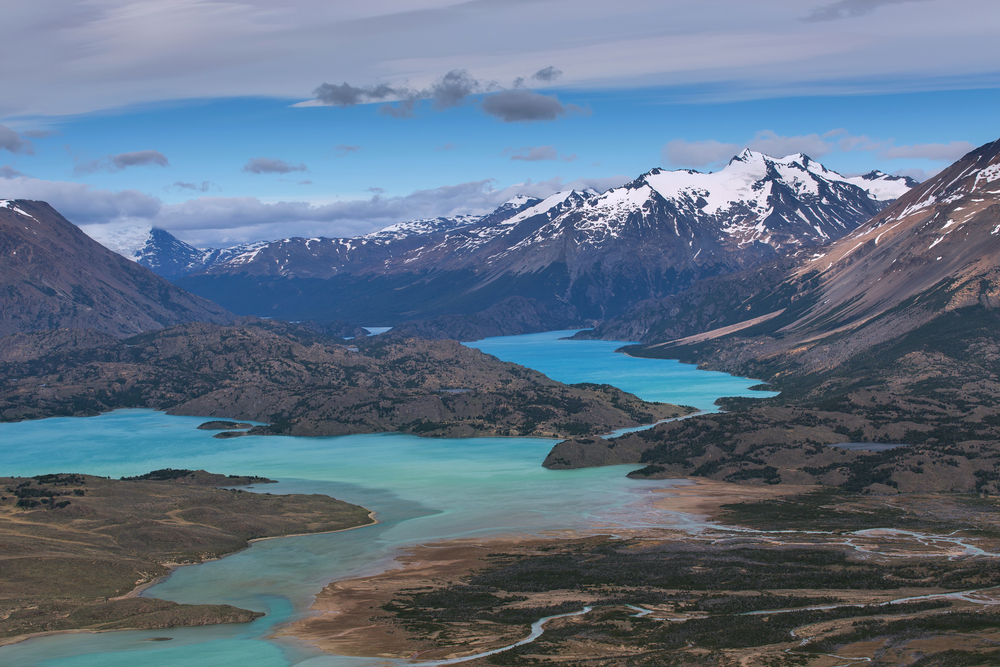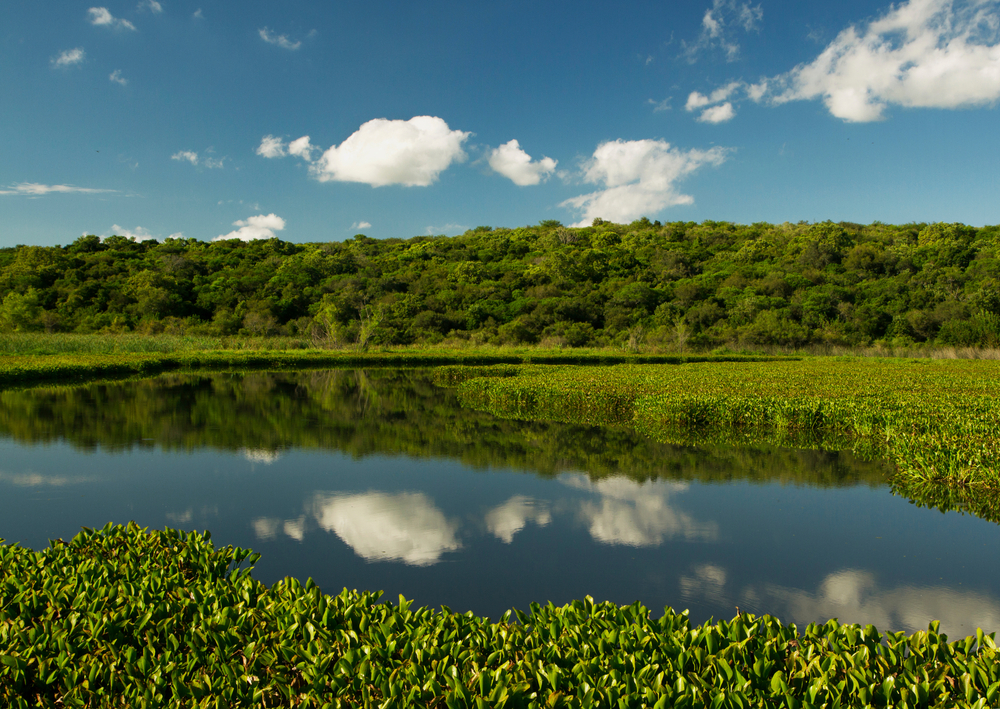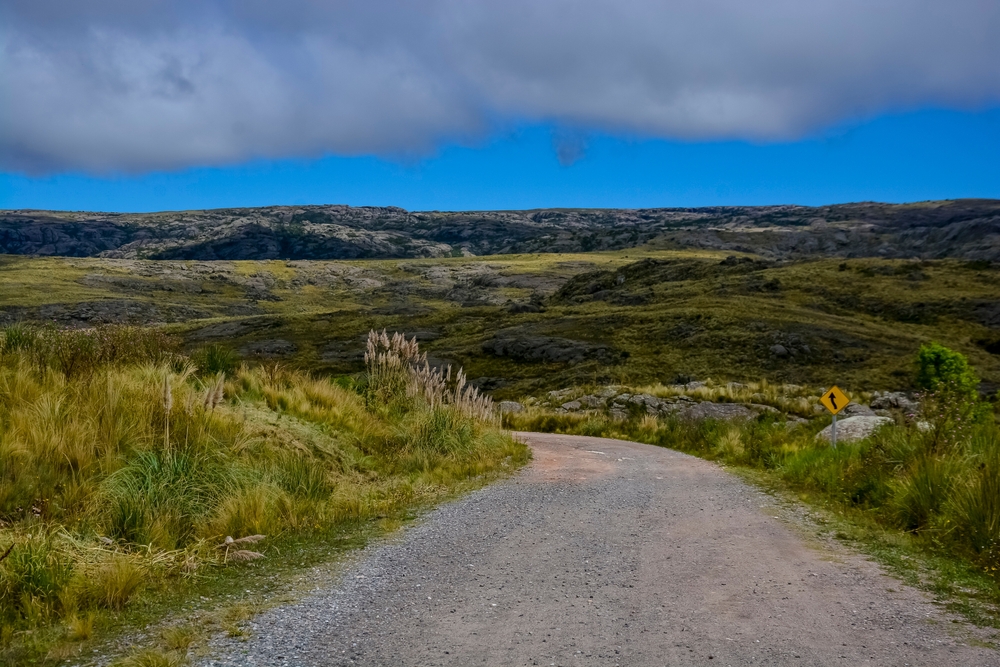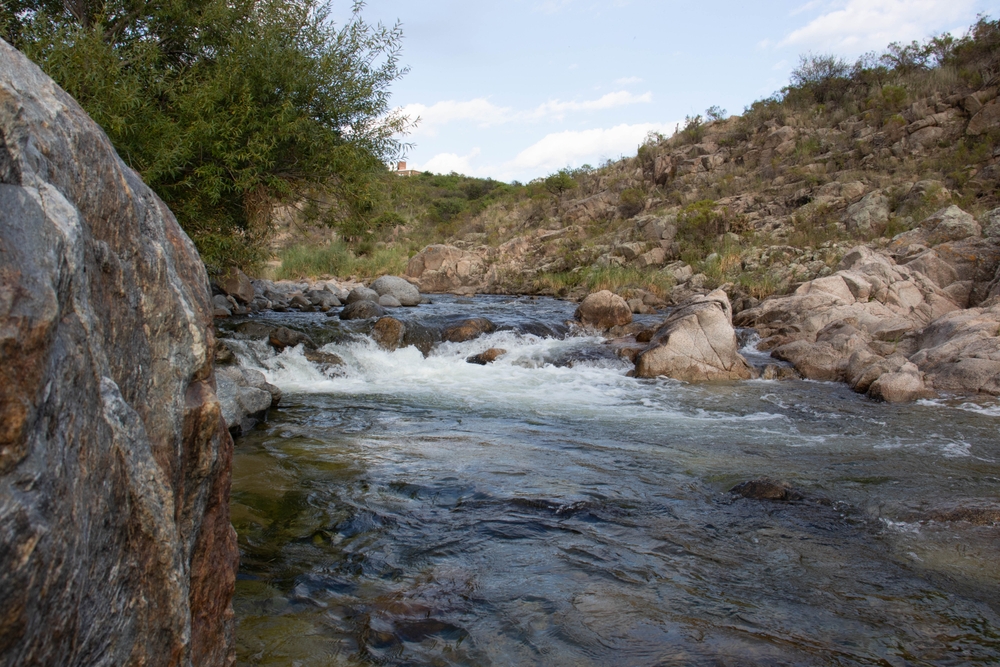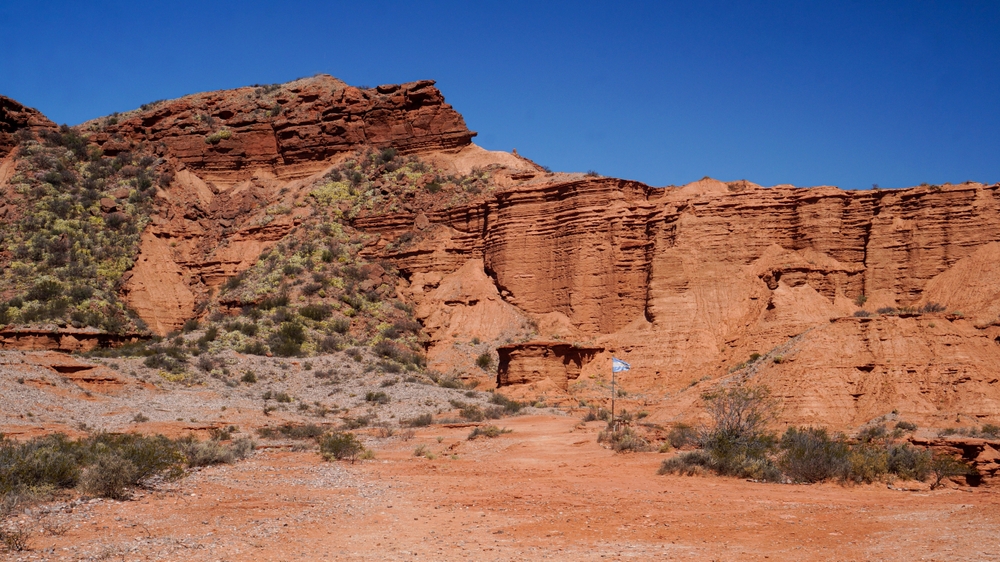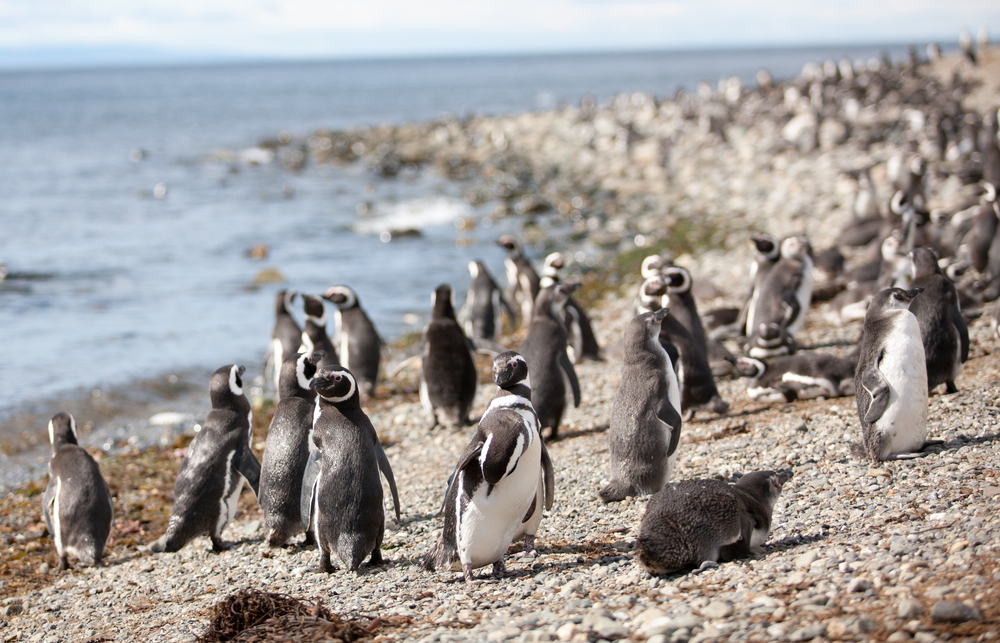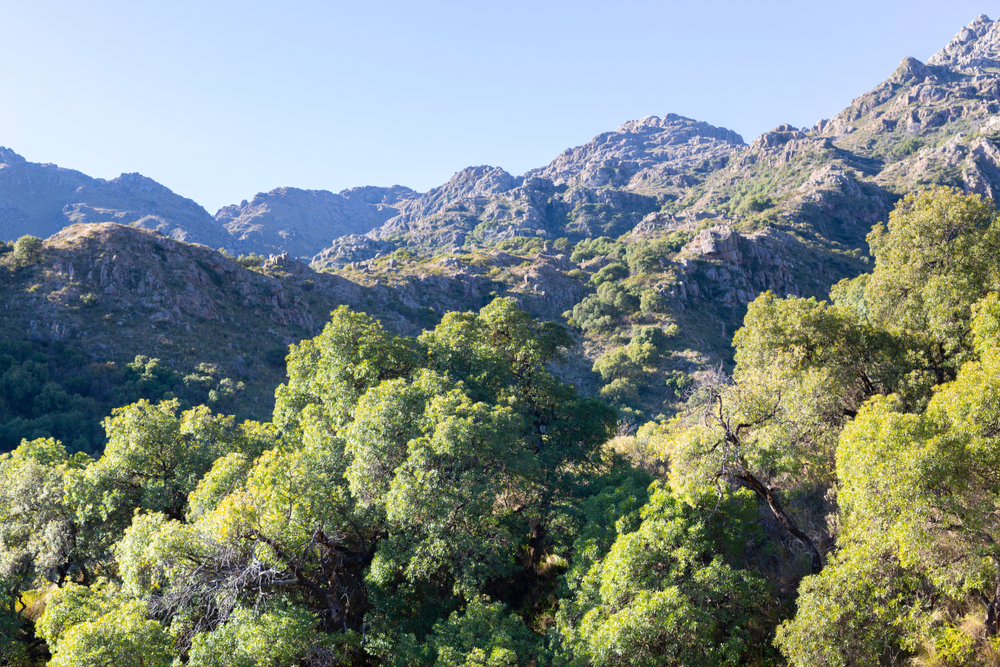Argentina is a country of remarkable natural beauty, encompassing diverse ecosystems ranging from the arid deserts of the north to the icy landscapes of the south. Argentina boasts 37 national parks, each representing a unique aspect of the country’s ecological diversity. These parks are vital for preserving the nation’s natural heritage, protecting rare species, and offering opportunities for recreation and tourism. Among Argentina’s many national treasures, several national parks stand out for their popularity, ecological significance, and cultural importance.
One of the most iconic parks is Los Glaciares National Park, located in the Patagonia region. It is renowned for its stunning ice fields, including the famous Perito Moreno Glacier, one of the few advancing glaciers in the world. The park is a UNESCO World Heritage Site and covers over 7,000 square kilometers of glaciers, mountains, and pristine lakes. Visitors flock to see the dramatic calving of the glaciers into turquoise waters, hike through the Andes, or marvel at the towering Fitz Roy massif.
In the northeast, Iguazú National Park is a tropical haven that hosts the breathtaking Iguazú Falls, one of the most spectacular waterfall systems in the world. Shared with Brazil, the park is a UNESCO World Heritage Site and supports a lush subtropical rainforest teeming with biodiversity, including jaguars, tapirs, and over 400 bird species. Visitors explore the falls through a network of trails and catwalks that bring them astonishingly close to the cascading waters.
Another standout is Tierra del Fuego National Park, located at the southernmost tip of South America near Ushuaia. This park is known for its dramatic landscapes of rugged mountains, windswept forests, and coastal areas along the Beagle Channel. It is a paradise for hikers and wildlife enthusiasts, offering sightings of species such as Andean foxes, Magellanic woodpeckers, and sea lions. The park also holds cultural significance, as it preserves the history of the Yámana Indigenous people.
Talampaya National Park, in La Rioja Province, showcases Argentina’s arid landscapes and geological history. Its red sandstone cliffs, striking rock formations, and archaeological remains offer visitors a glimpse into the distant past, with fossils of dinosaurs and ancient petroglyphs telling stories of prehistoric and Indigenous cultures.
Nahuel Huapi National Park, the oldest national park in Argentina, lies in the Andes of northern Patagonia. It is a haven for outdoor enthusiasts, featuring expansive forests, sparkling lakes, and snow-capped peaks. The park is home to diverse flora and fauna, including the endangered huemul deer, a symbol of Patagonian wildlife conservation efforts.
Despite their beauty, Argentina’s national parks face challenges such as deforestation, climate change, and habitat fragmentation. Conservation successes include efforts to reintroduce species like the jaguar in certain areas and community-driven projects promoting sustainable tourism.












































































